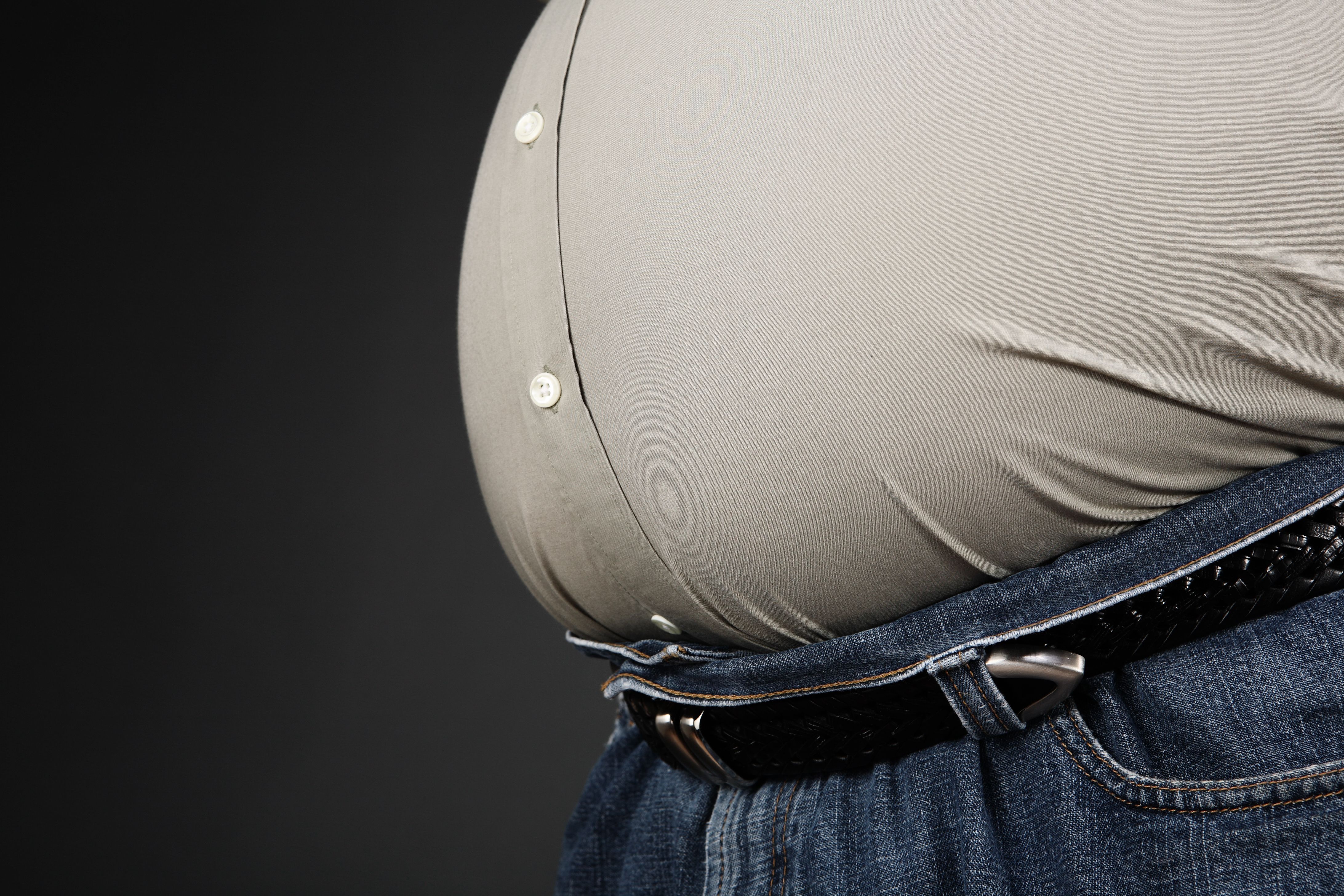Article
Obesity, Being Overweight Negatively Impacts Reproductive Health in Men
Author(s):
An analysis of data from 60 studies indicates being overweight or obese could have a negative impact on sperm and reproductive health in men.

While links between obesity and other chronic health issues have been well-established, a new analysis suggests being overweight or obese could have a negative impact on men’s health.
A systematic review and meta-analysis of more than 50 published studies, results indicate being considered overweight or obese categories was associated with lower sperm quality, including lower semen volume and sperm count and concentration.
“The present systematic review and meta-analysis of observational studies provides the most comprehensive analysis to date of the associations between male adiposity and sperm quality or sex-related hormones,” wrote study investigators. “These data suggest that there is an association between weight status and sperm and hormonal parameters suggesting that weight loss could improve sperm parameters and, therefore, may improve not only assisted reproduction outcomes and live-birth rate but also natural conception.”
To create an updated understanding of the potential associations of adiposity with sperm quality and reproductive hormones, an international team of investigators performed a systematic search of literate published in PubMed and EMBASE databases through 2019. Using the databases, investigators identified 169 publications meeting their initial search criteria.
After application of further inclusion and exclusion criteria, a total of 60 articles were identified for inclusion in the investigators’ qualitative analysis. Of these 60, 28 were also included in a quantitative analysis. Investigators pointed out the aim of the qualitative analysis was to evaluate associations between semen quality, reproductive hormone levels and different exposures related to body weight. The aim of the quantitative analysis aimed to describe summary associations between BMI categories and seminogram parameters, including semen volume, sperm count and concentration, sperm vitality, sperm total, and progressive motility and/or normal morphology.
For the qualitative analysis, results indicated a classification of overweight or obese was associated with reduced semen volume, sperm count and concentration, sperm vitality and motility, and normal morphology. The analysis also indicated being overweight or obese was associated with disruptions of inhibit B, total testosterone, and sex hormone-binding globulin.
In the quantitative analysis, results indicated those with class I obesity (−0.31; −0.58 to −0.03; P=.018) and class II obesity (−0.72; −1.07 to −0.36; P <.001) had had a lower semen volume than those of normal weight. Investigators pointed out this association was not observed for class III obesity. Additionally, patients in class II (-0.66; −0.91 to −0.42; P <.001) or class III (−0.20; −0.98 to 0.57; P=.001) obesity categories had lower sperm counts than patients of normal weight. When assessing sperm concentrations, only those with class III obesity (−0.18; −0.42 to 0.06; P=.002) appeared to have decreased sperm concentration when compared to those of normal weight.
Investigators cautioned clinicians to consider the limitations of their study when interpreting results.
“Observational studies can prove associations but not demonstrate causation, the associations summarized in the present study need to be confirmed with large prospective cohort studies of high quality, especially in the context of well-designed randomized clinical trials,” wrote investigators. “Additional studies are warranted to elucidate the potential benefits of weight loss for improving reproductive potential in individuals with obesity.”
This study, “Male adiposity, sperm parameters and reproductive hormones: An updated systematic review and collaborative meta-analysis,” was published in Obesity Reviews.




